A
catalogue of Bromeliads used for various projects by - © Lloyd Godman
This
is a catalogue of bromeliads used by Lloyd godman for his various installations
and photosynthesis projects - the collection of pants he accessed in
New Zealand from 1996 - 2004 was collected from a wide range of sources,
while most were brought from Greens Bromeliads, some were also donated
by the Dunedin Botanical Gardens. Later in 2004 these plants were either
sold or given away with his move to Australia.
Lloyd is at present re-establishing his collection where he now lives
in Melbourne.
A
Lexicon of Bromeliads: A
resource by Lloyd Godman
Blthough Billbergias produce flowers that are shot lived, they are very spectacular. These very hardy plants often have few leaves but they form in such a manner as to produce tall tubular structu res that hold deep reservoirs of water. These leaves are often dusted with silver bands, or the plant may take on an over all silver dusting. They like average to warm temperatures (60-85 degrees C, 16-30 degrees F), but some will tolerate temperatures near freezing for short periods. Many grow well as epiphytes on trees.
Plants are marked NZ for those collected in New Zealand - or Aust - for the new plants collected since coming to Australia
|
Billbergia
Noid
|
|
|
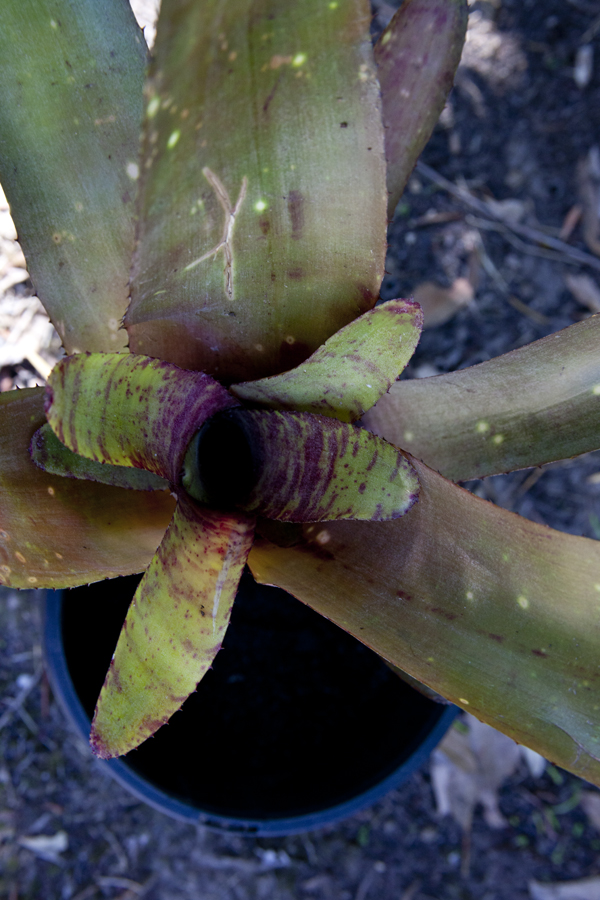

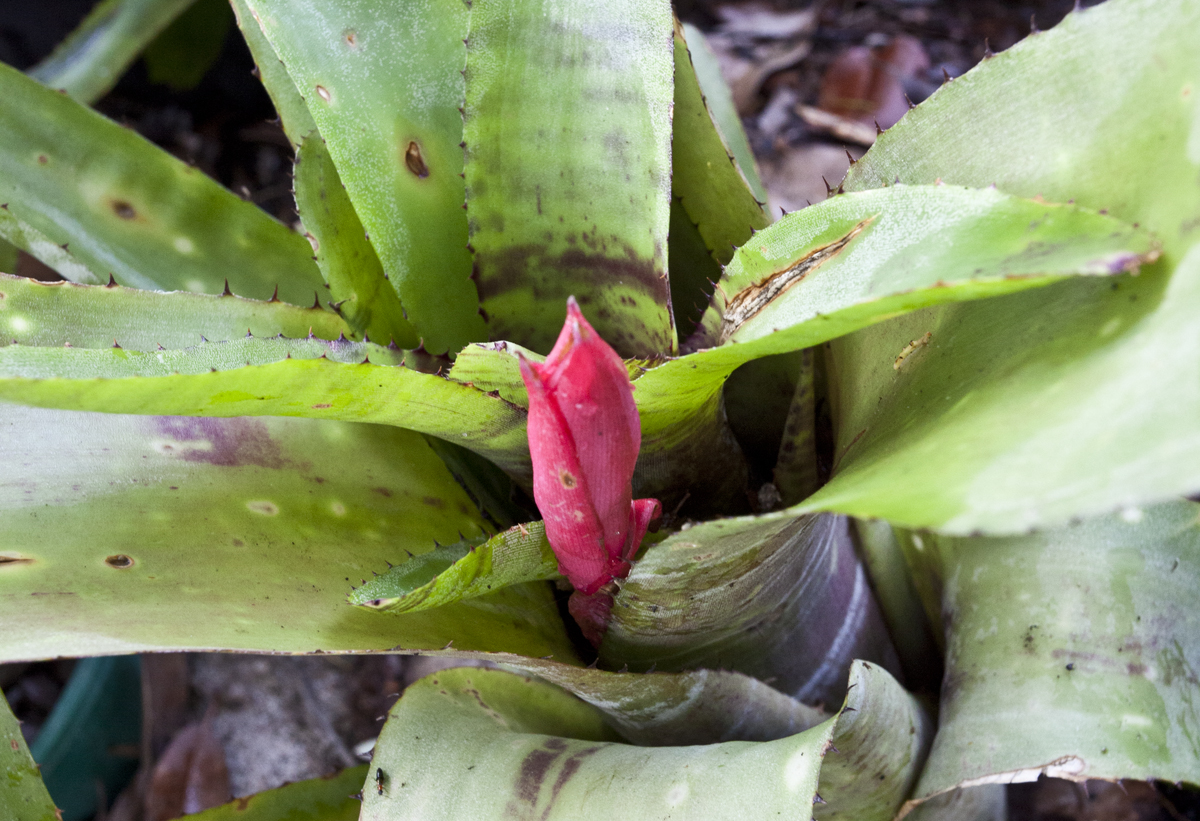
Here the flower spike is forming between the leaves rather than in the center of the vase.
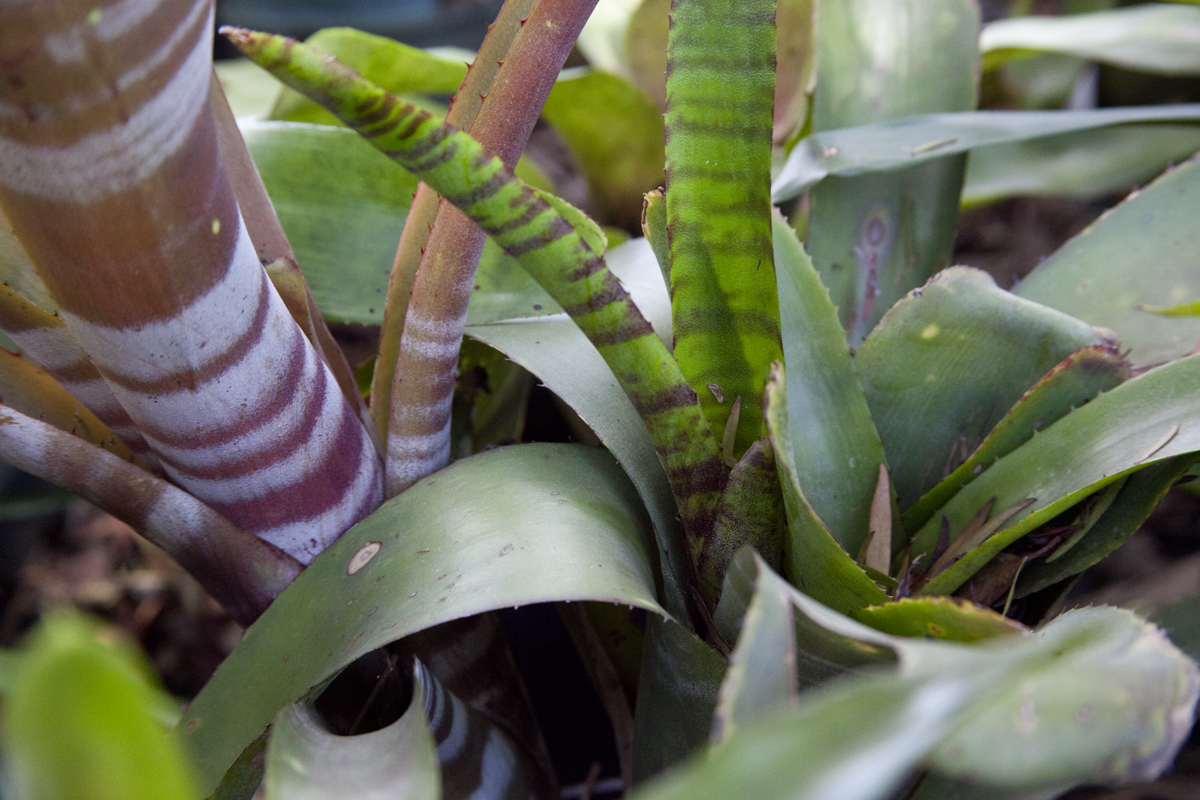
The plant then produced two pup with quite different foliage - on the left the pup has formed from the base of the plant as normal, the leaf has a red colour with strong trichome cross banding. While on the right the pup has grown from where the flower had formed and is coming up between the leaves, the floage has no tichmome baqdnding but has produced a strong red Zonation pattern.
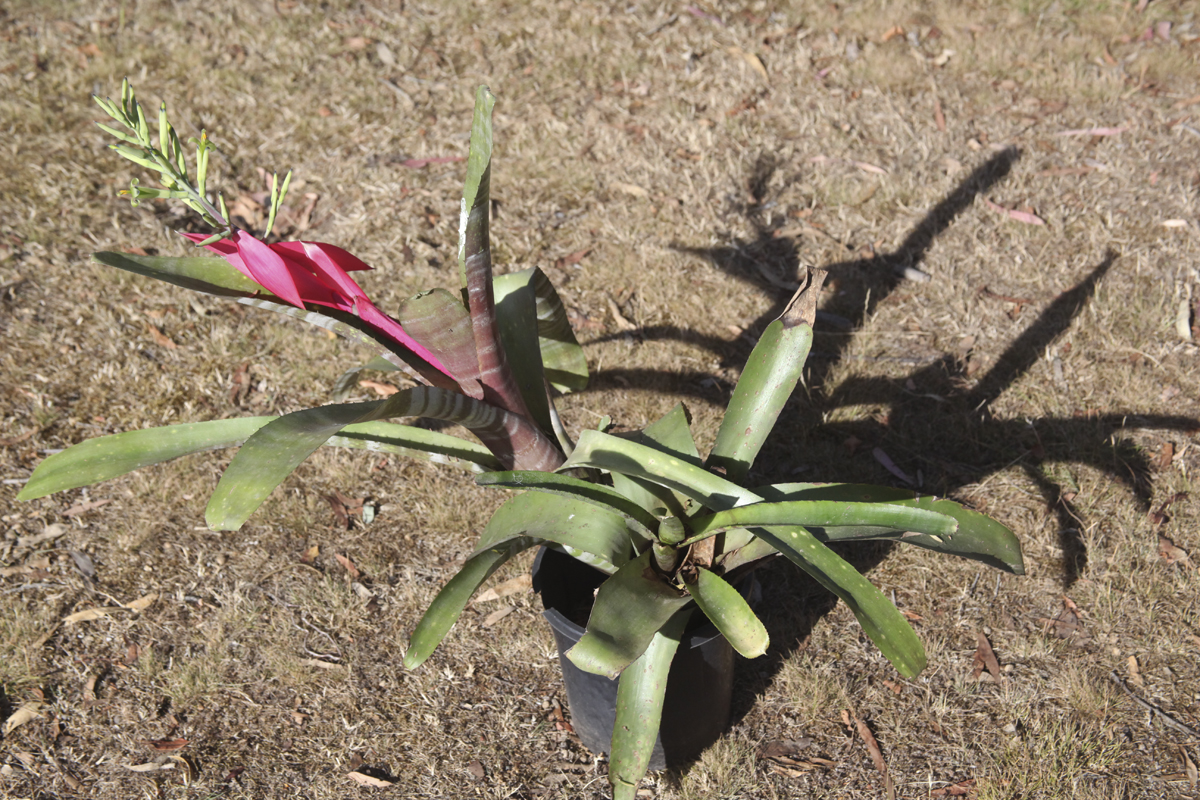
- last year this Billbergia noid flowered - but the flower spike formed not up through the center but through the side between leaves. Images one - then the plant produced two pups (photo 2) one from the base as normal where the color and pattern was the same as the parent. It also produced a second pup from where the flower had formed. However, this new pup has grown with red bands. It appears that the cortex of the plant has been damaged, producing the side flower spike and then the mutant pup.
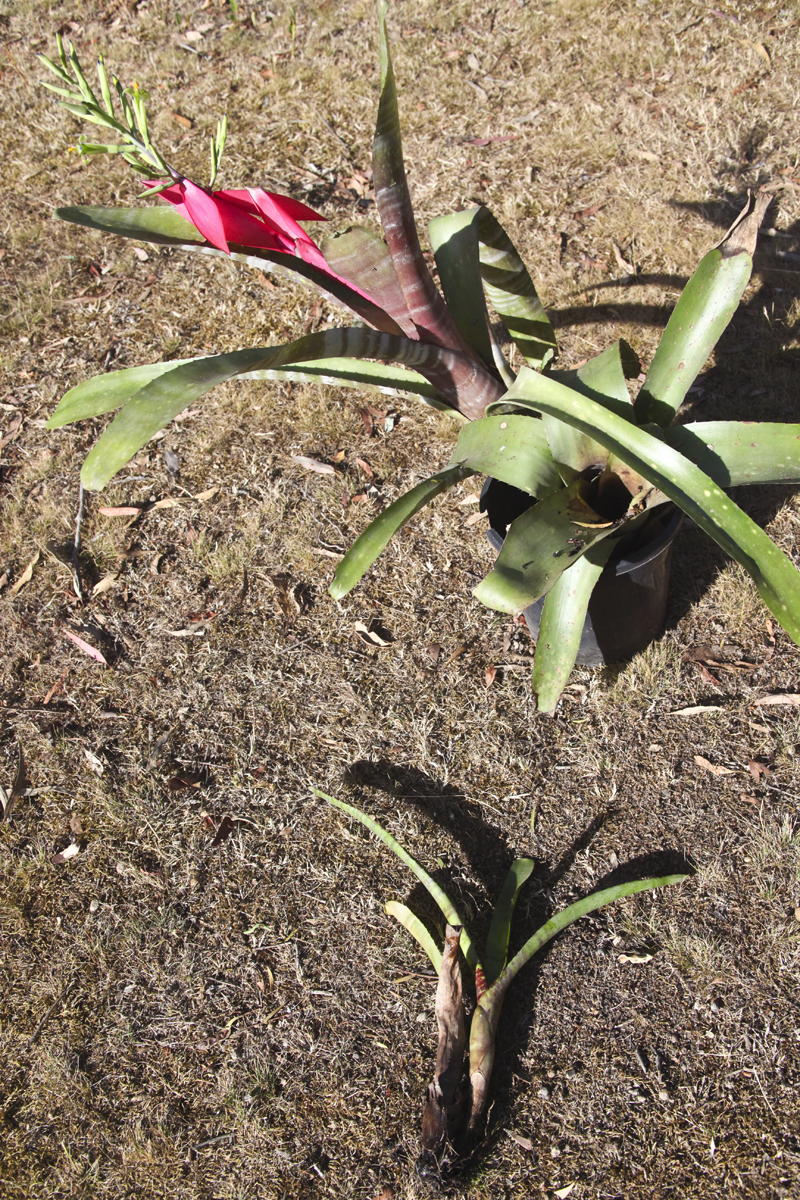
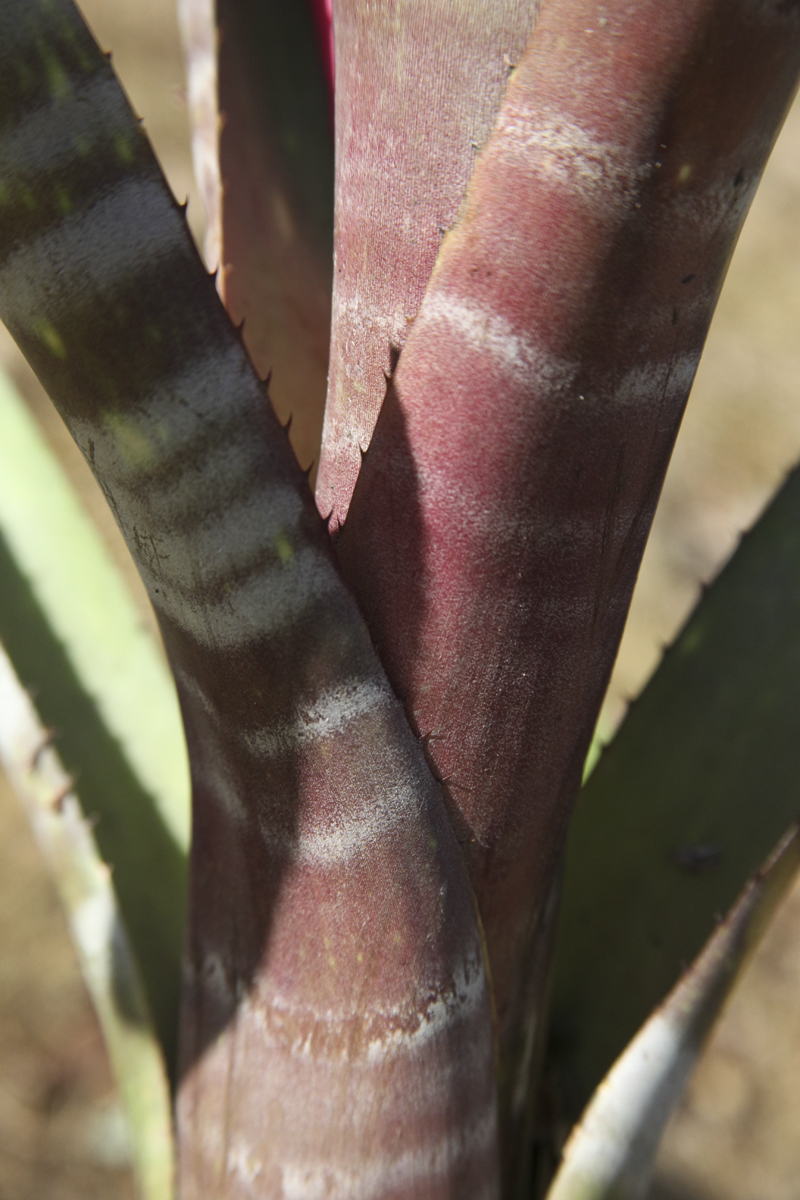
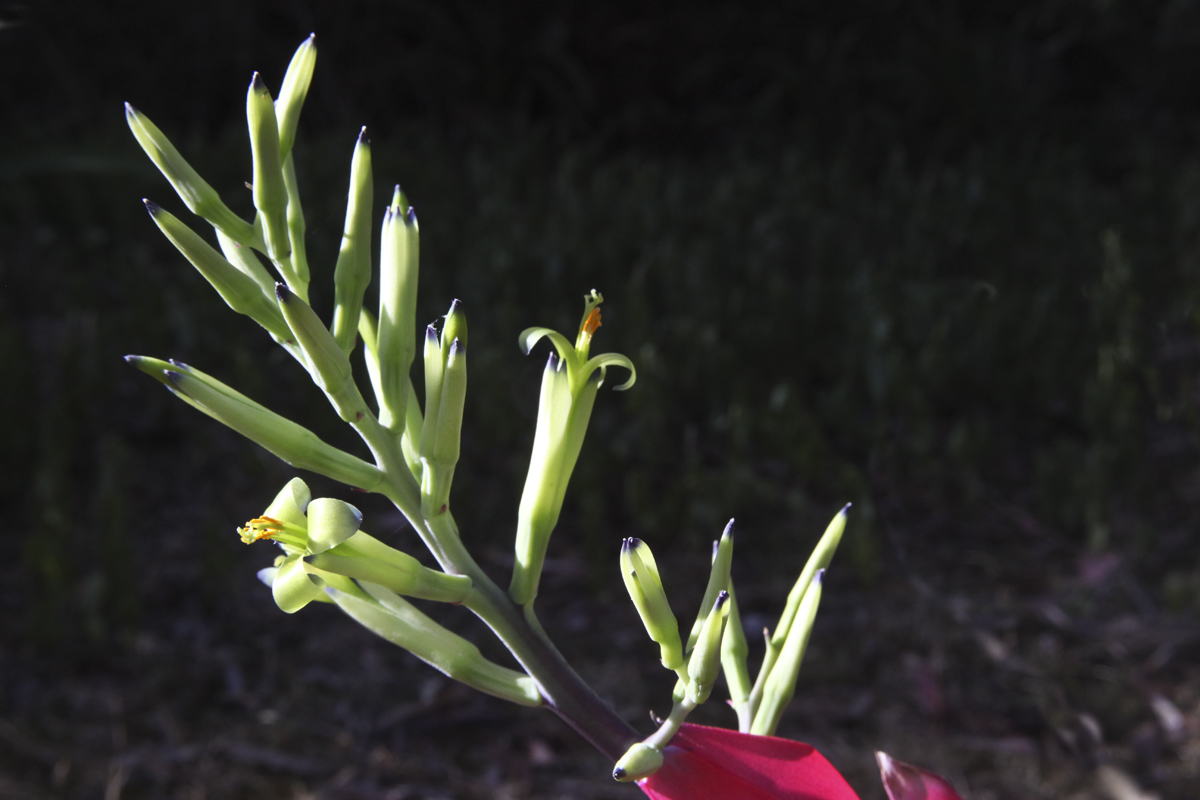
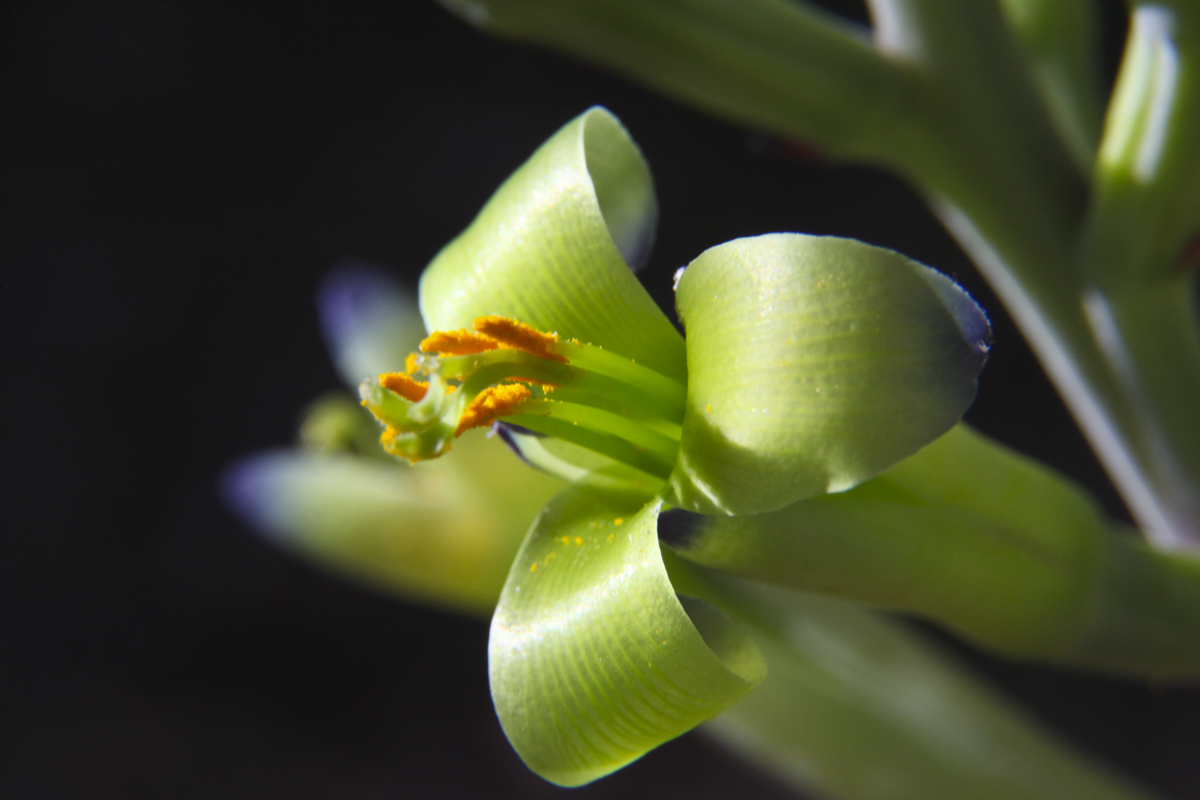
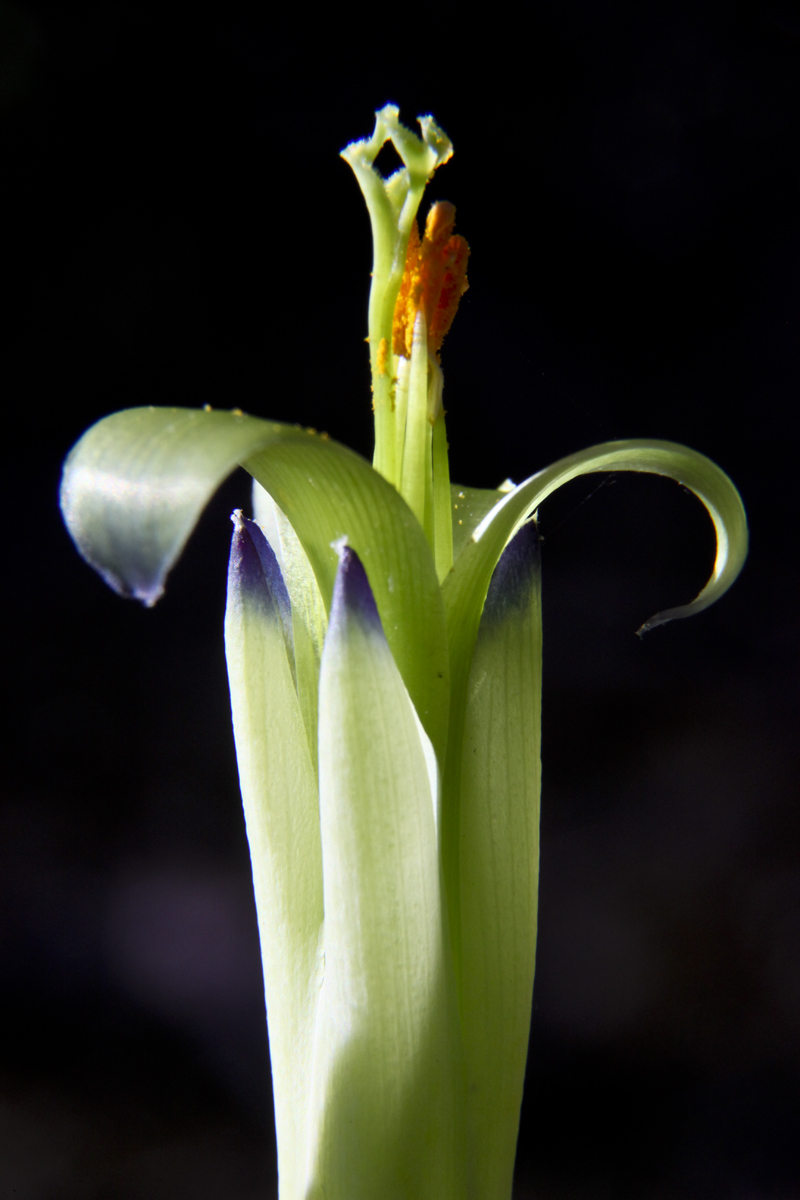
|
Species/Cultivar:
Seed parent plant:
Pollen Parent Plant:
Taxonomic rank:
Hybridizer:
Native distribution:
Habit:
Leaf shape:
Leaf cross section:
Pigmentation:
Spines:
Trichomes:
Axis:
Floral Bracts:
Rachis:
Bract on Stipe:
Primary Bract:
Internode:
Stipe:
Peduncle Bract:
Peduncle:
Inflorescence:
Flowers:
Petals:
Sepals:
Stamens:
Anther:
Stigma:
Pistil:
Pollen:
Roots:
Stalons:
Off sets:
Pollination:
Seed:
Germination:
Cultivation:
Fertilization:
Collection: Aust 2013
|
|